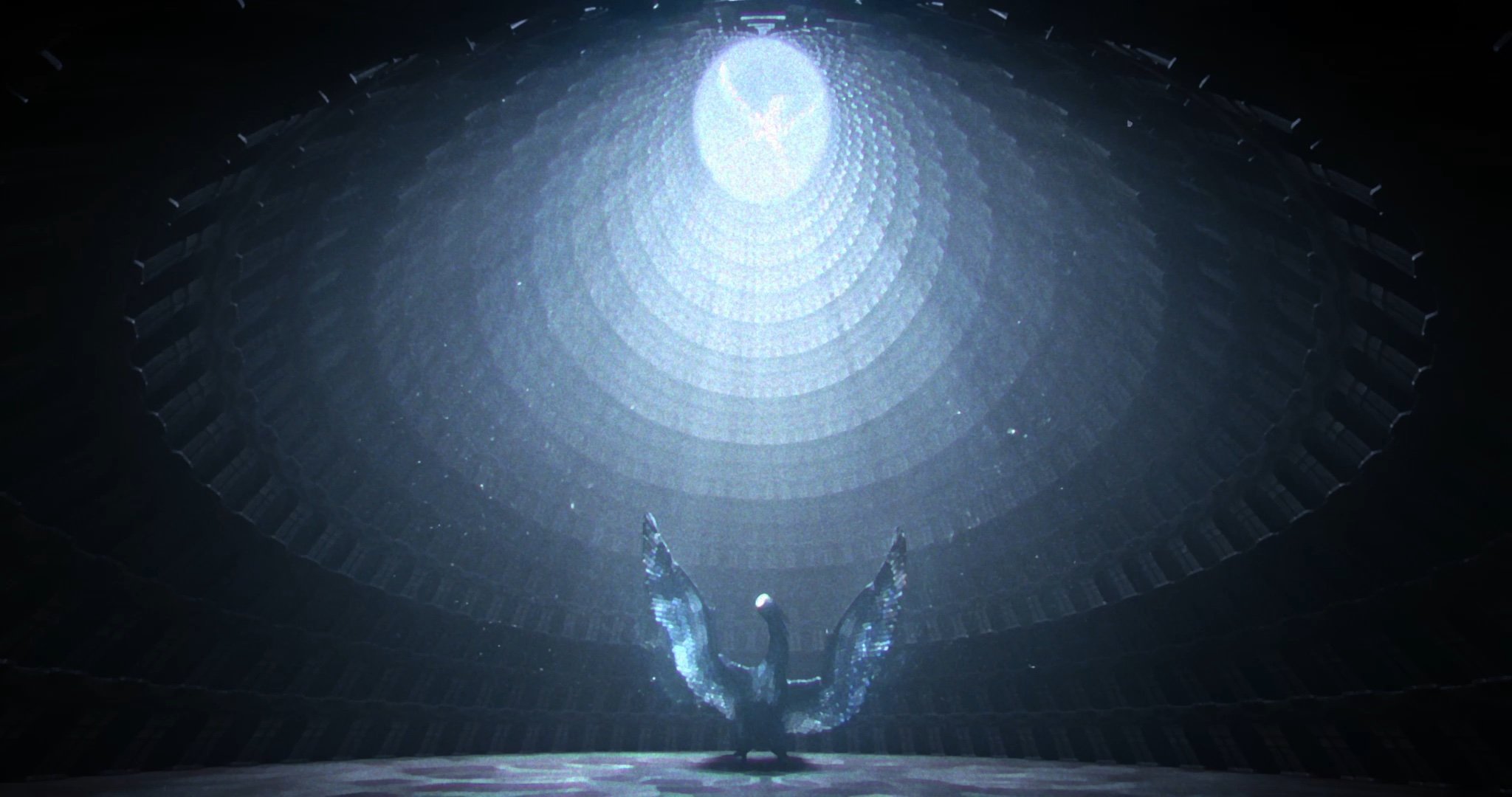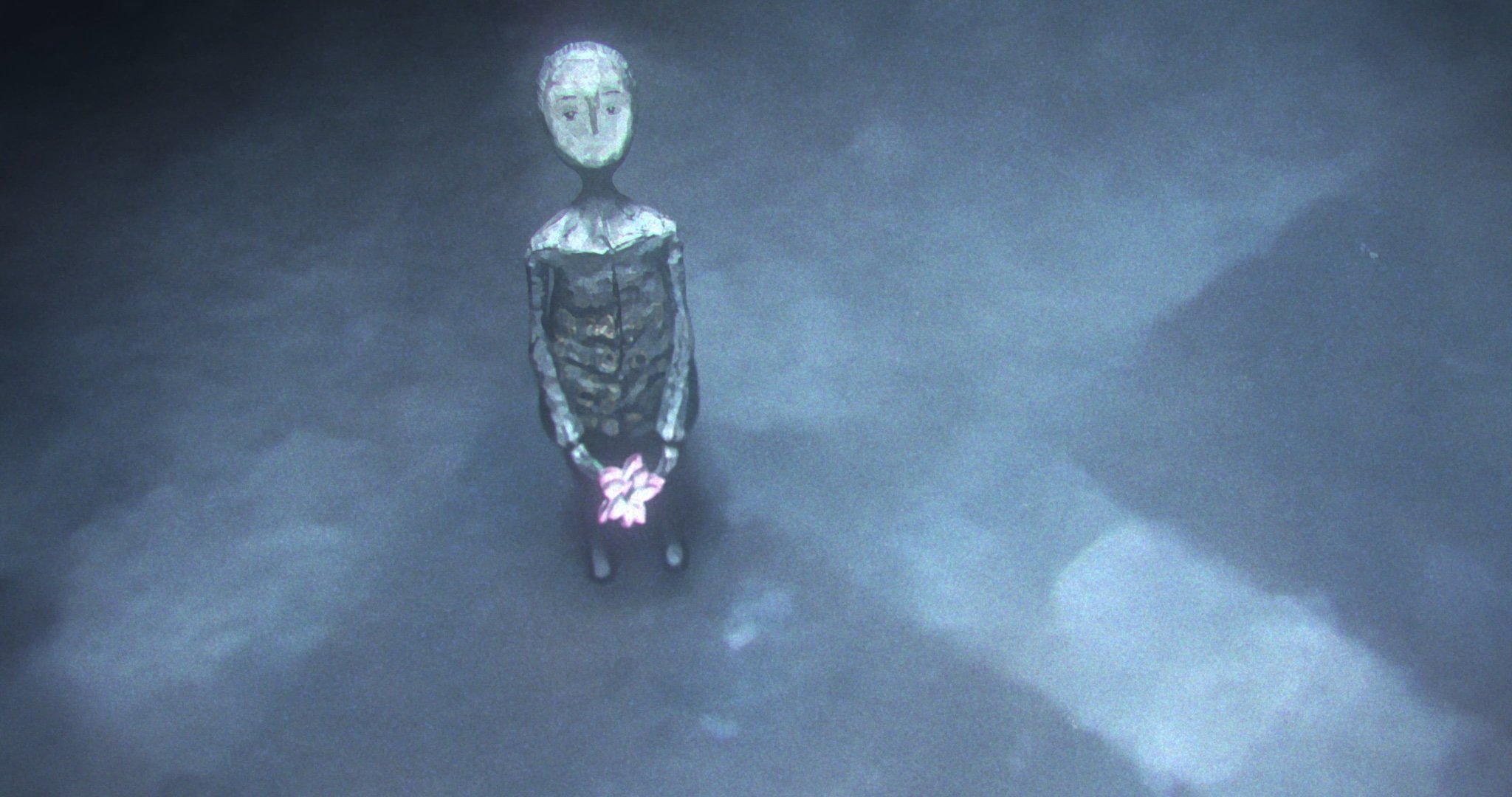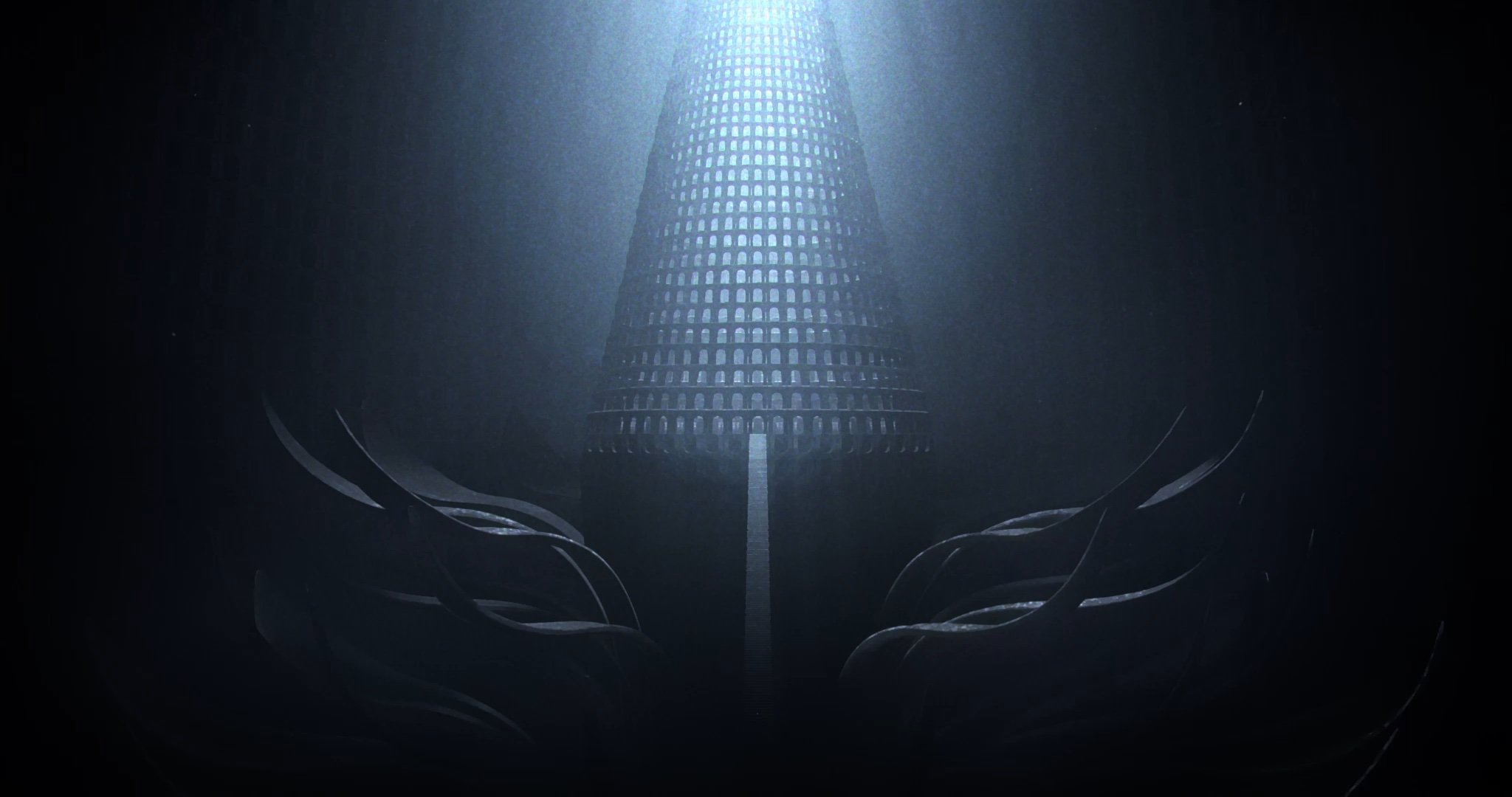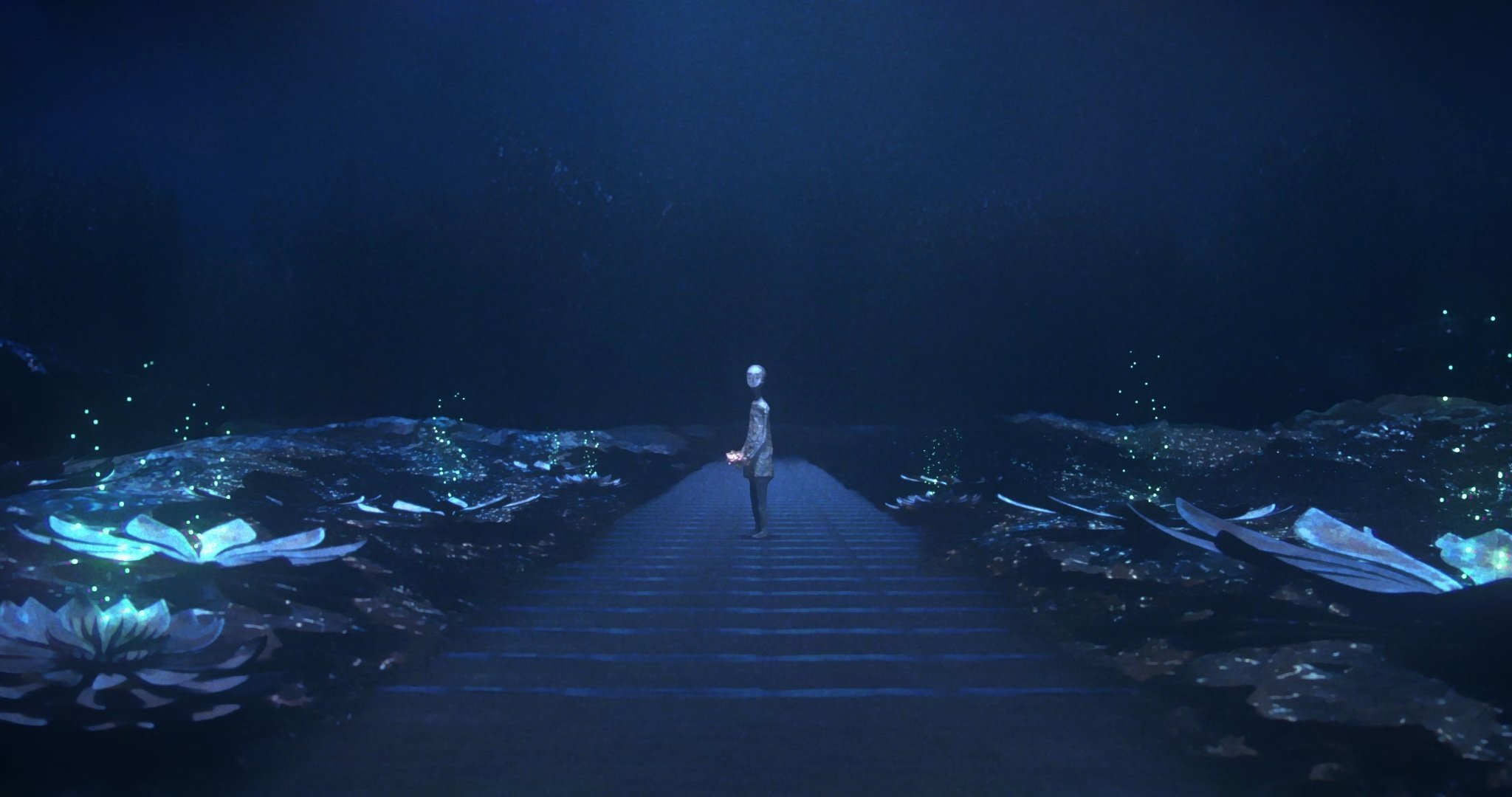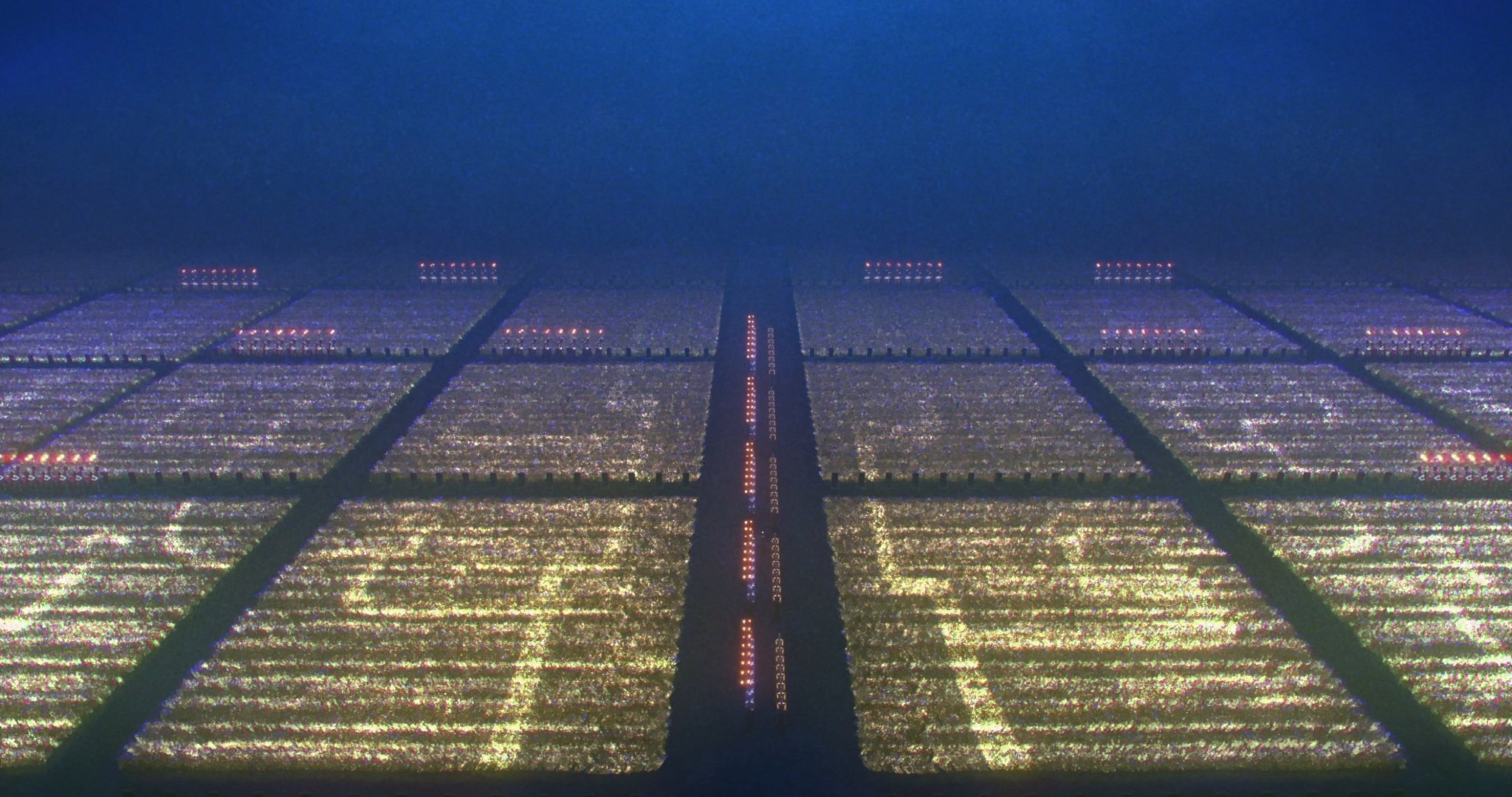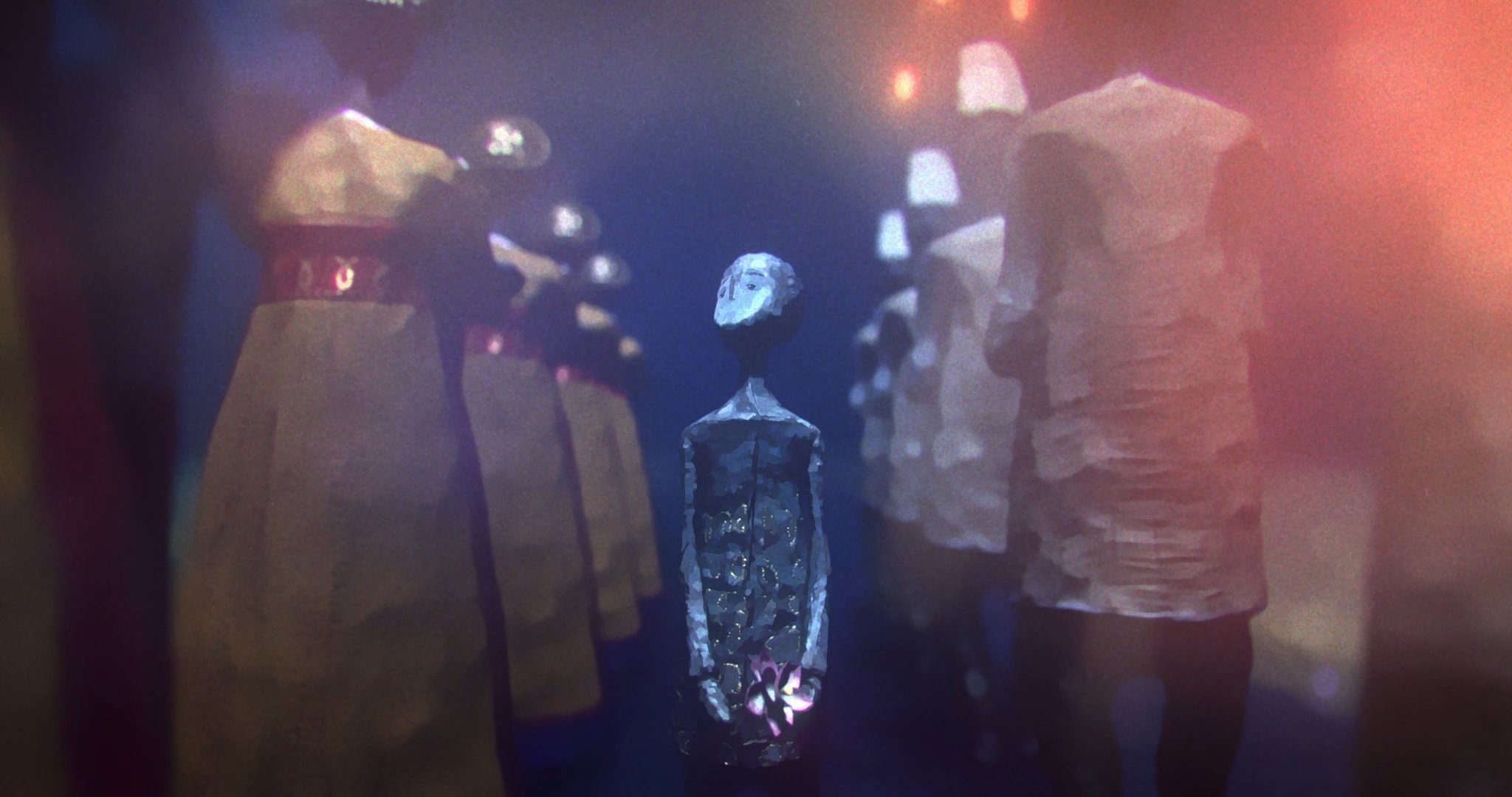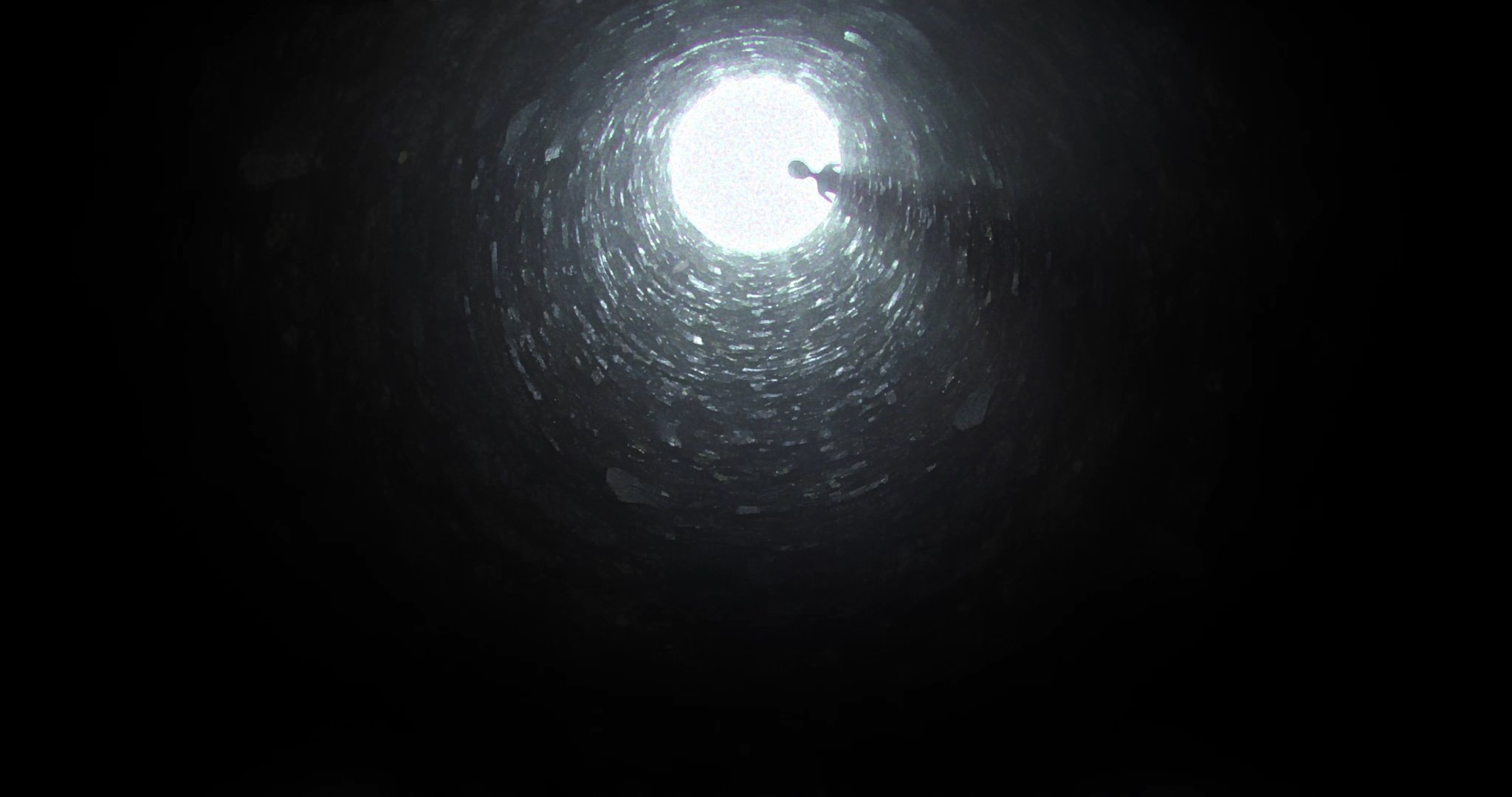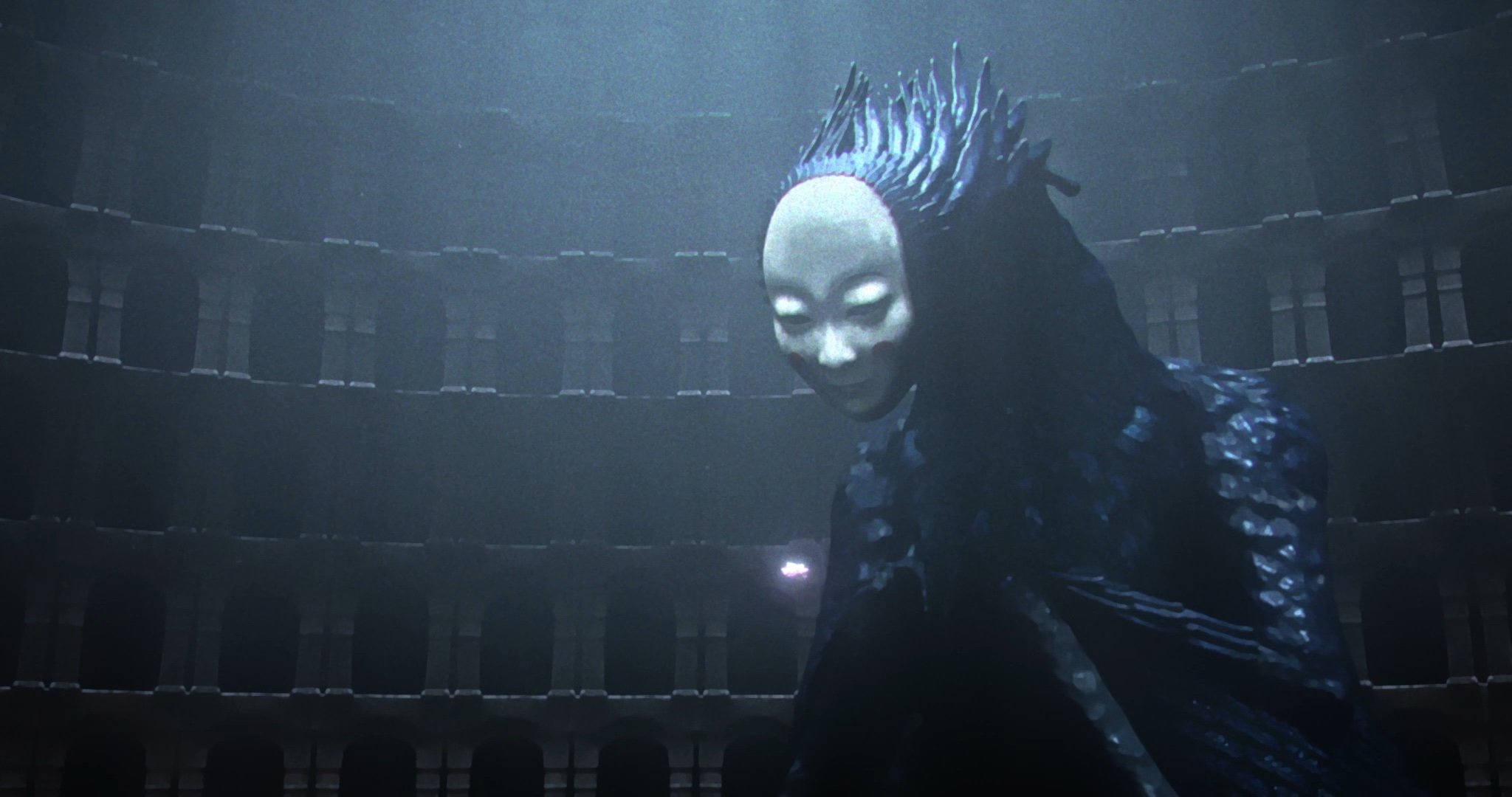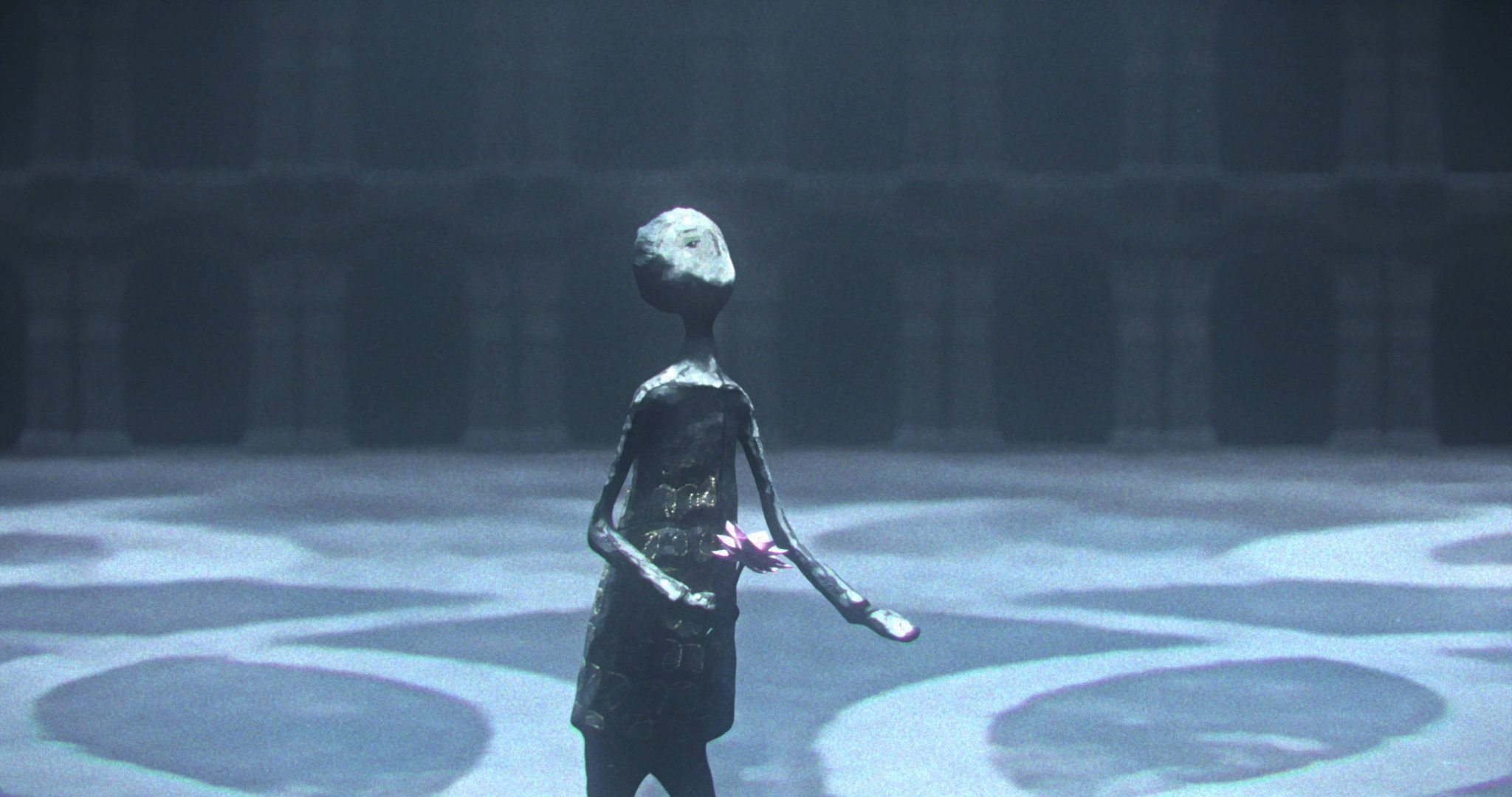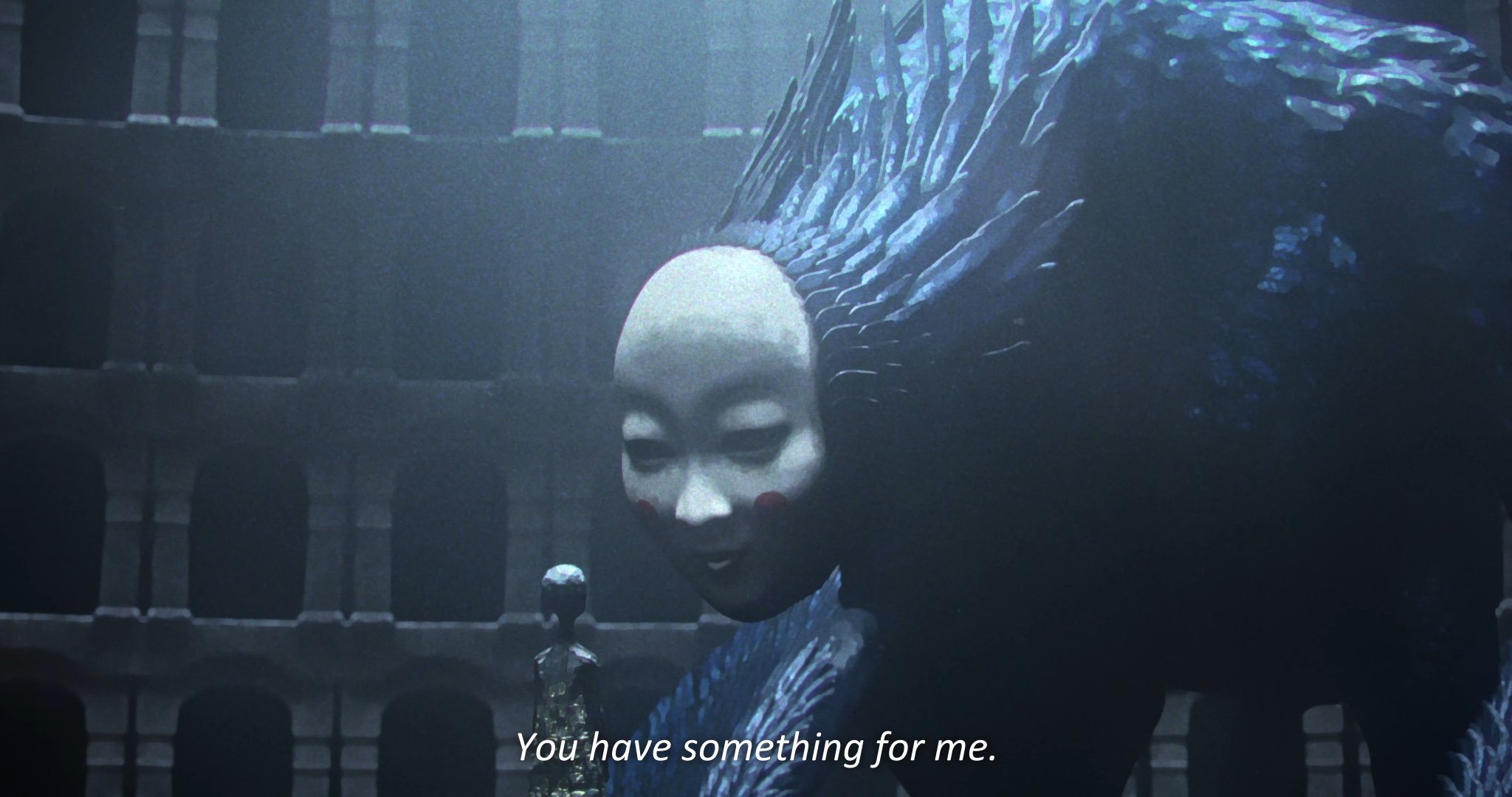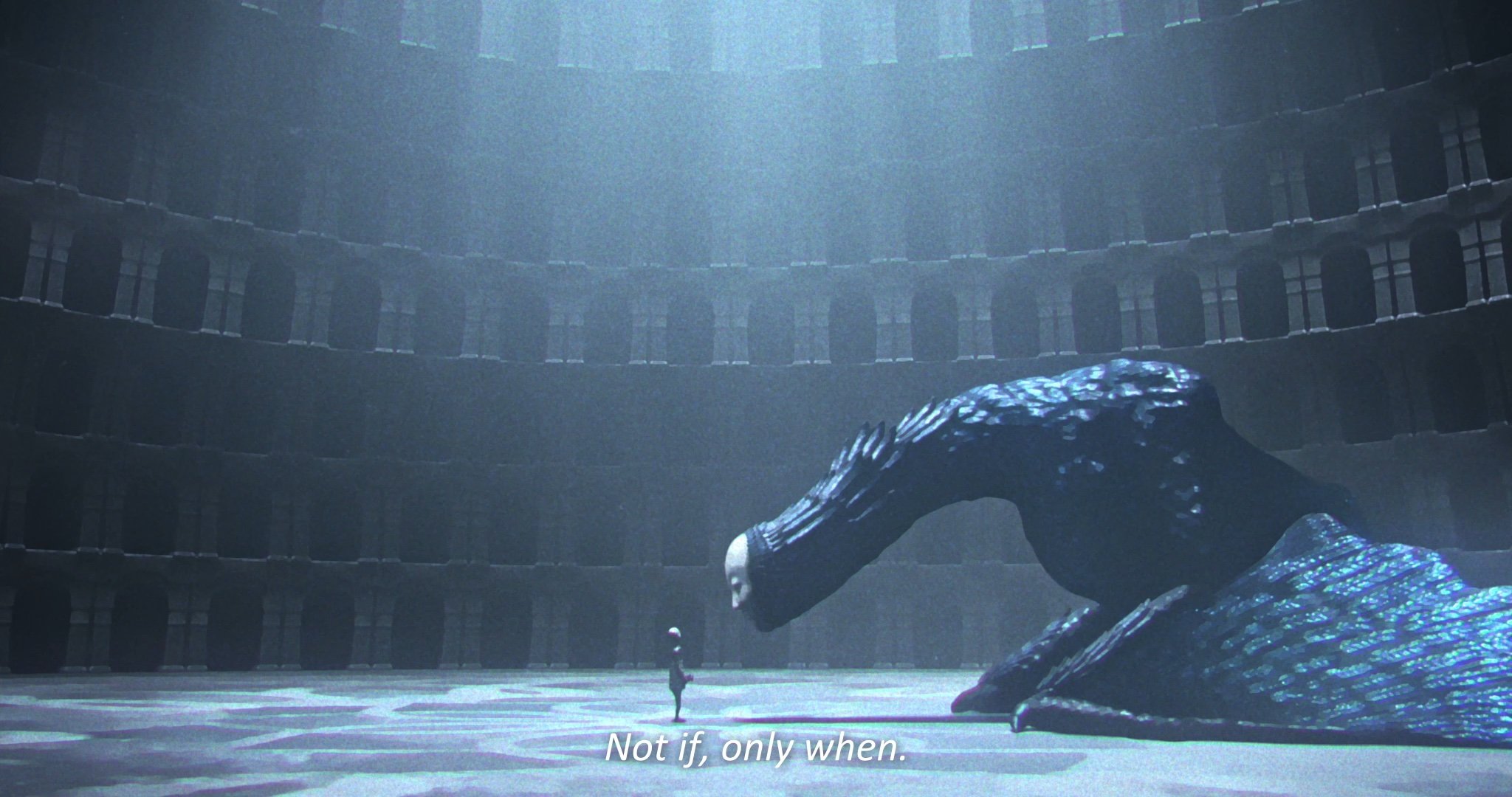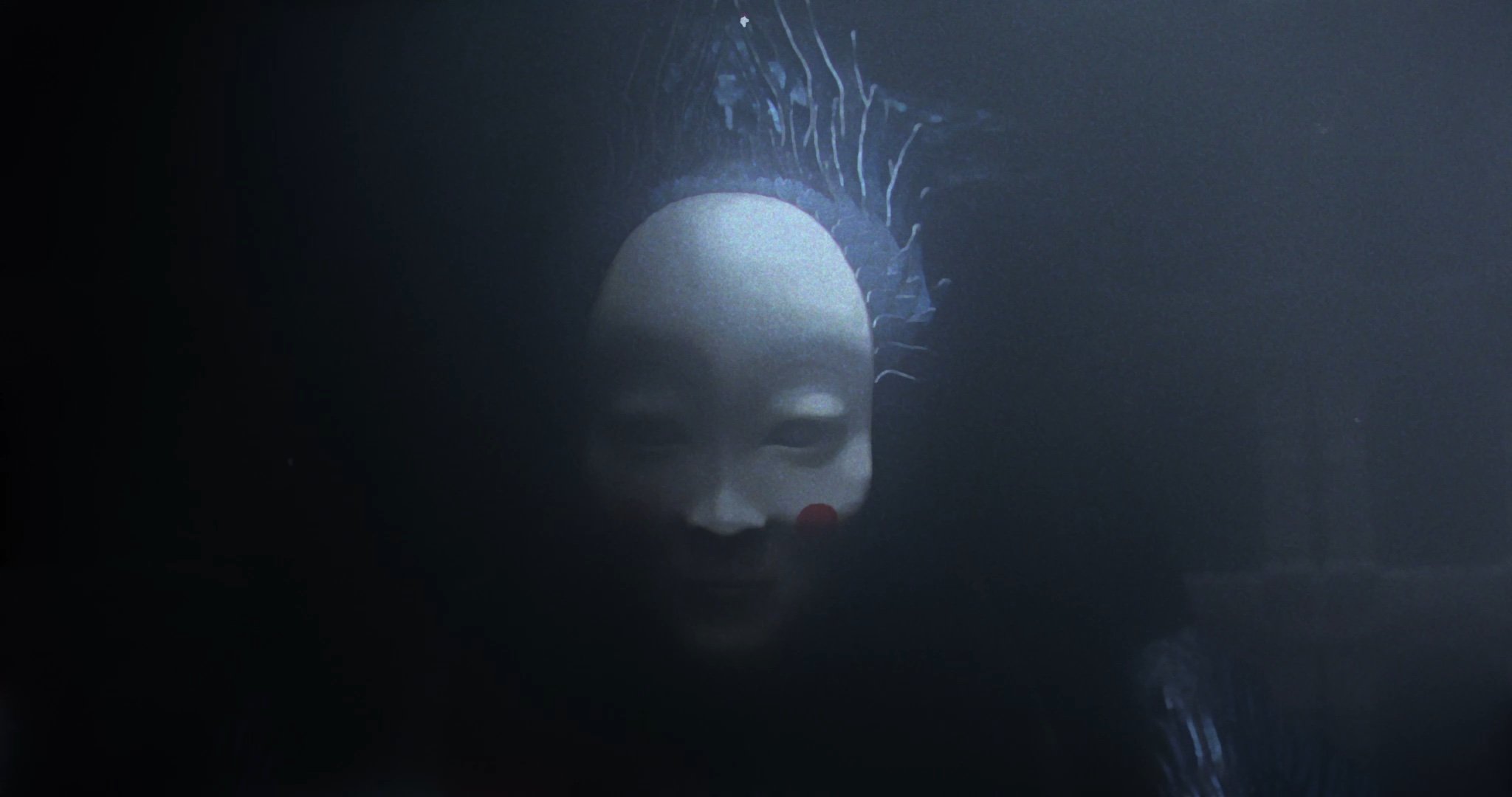Swallow Dance
Rediscovering the act of healing
Directed by Dennis Tae Wook Kim
From the influences of Japanese films, Claude Monet, and The Little Prince to the profound metaphor of emerging from one's shell, director Dennis Tae Wook Kim offers a glimpse into the deeply personal experiences that shaped his latest work, Swallow Dance. In our exclusive interview, Kim shares the profound inspiration behind the film's spiritual narrative and discusses the delicate art of storytelling in his animated works.
Swallow Dance explores a shared spiritual engagement between a boy and a Swallow. What inspired the concept and narrative of this film, and how do you approach storytelling in your animated works?
The idea and story behind Swallow Dance emerged out of a time when I felt aimless and filled with uncertainty. I was struggling to come to terms with the loss of a lot of big parts in my life that were previously present. I'm an artist at heart so I found the only way I knew how to process everything was by immersing myself into creating.
When I first set out to make this film I wanted to really put my heart into something and be proud of it. Not so much of the film itself and its results, rather proud of having put a lot of care and work into something. As I worked on the film that purpose grew into this desire to create something I could pour all of myself into as a vessel to let go of. Whether it was insecurities, past regrets, or whatever else I felt was holding me back, I wanted this film to be a vessel for all that.
To be honest, I struggle a lot with the storytelling aspect of my films. I tend to have a clear idea of what I want to feel and convey, but have a hard time articulating and extending that outward. Ultimately I decided that it wasn't too important to have a clear-cut narrative or story to understand, but rather I wanted to create this film with full sincerity and faith in why I wanted to make it. I wanted that creative process to mirror my own inner spiritual journey.
How did the influences of Japanese films, Claude Monet, and The Little Prince manifest in Swallow Dance? Can you share specific elements or moments in the film that directly draw from these inspirations?
When looking for inspiration and reference for Swallow Dance, I was interested in works that blurred the tangible with the ephemeral; works that had a deep core but left something more to be desired. I was particularly inspired by Akira Kurosawa's Dreams collection of short films, notably Sunshine Through the Rain and The Peach Orchard. The rhythmic pace of those two shorts are emulated in the first act of Swallow Dance. That same ephemeral quality from Claude Monet's lilypad paintings inspired the environmental design of the film.
Thematically I wanted to pay more visual tribute to The Little Prince. A lot of ideas from that story revolve around putting your heart into something that is precious to you and learning to deeply care for that thing, even if everything ends up fading away. That was one of the main elements at the core of Swallow Dance. The boy with the flower in the film parallels the Little Prince and his rose to reflect this, but it's also a parallel for my own relationship to my work.
“As I worked on the film that purpose grew into this desire to create something I could pour all of myself into as a vessel to let go of”
Swallow Dance is described as a visual metaphor for emerging from one's shell and discovering self-worth. Can you elaborate on how this metaphorical journey mirrors your personal experiences and the concept of healing for you?
The term 'healing' has become a bit of a buzzword in recent years. To me it started to feel a bit superficial and I felt I had lost its meaning. Swallow Dance was my way of trying to rediscover what that act of healing meant for me personally. The idea of making that abstract process more tangible was a key theme in the making of the film.
Through my research and work on this journey and in the past, I've experienced that vulnerability is at the core of this healing process. Not just being vulnerable with others but especially with ourselves. Just as in The Little Prince, the boy in Swallow Dance finds and briefly cares for a flower. The flower is meant to symbolise the simultaneous burden and beauty of carrying vulnerability. It takes a lot of courage to allow yourself that, but it can also be very frightening. It's also reflected in the act of giving someone a gift like a flower, or sharing a part of yourself. By incorporating these ideas into the film I felt I could glimpse into that spiritual experience through the lens of a boy meeting a higher power.
I like to use subtle visual cues to reference the core themes of the film. Swallow Dance begins with the opening of a well, meant to suggest the act of opening up the heart and looking deeply inward. This parallels the eclipse later in the middle act; eclipses have traditionally symbolised rebirth and letting go. The gold carvings on the boy allude to 'kintsugi': the Japanese art of repairing broken pottery with powdered gold as a philosophy for embracing our flaws. The swallow bird itself carries a fond connotation with specific places in my life, and finally, the dance in the final act is based on a traditional Korean dance called 'seungmu', often associated with overcoming struggles.
Can you share insights into the animation techniques used in Swallow Dance? As a VFX compositor by profession, how does your creative approach differ when working on your own animated projects?
As a VFX compositor my job is restricted to just compositing CGI renders with live-action plates, so it's fairly "simple" in the sense that I usually don't have to worry about all the 3D work that goes into it. With my own animated projects though I'm covering the entire pipeline by myself - from storyboarding, writing, set designs, 3D modeling and texturing, animating all the way to compositing. My projects are also limited by my available resources and skills, so I can't work on the same scale as a VFX studio. But I think those limitations drive me to be more creative when problem solving issues and remind me that keeping things simple is often best.
A lot of shots in Swallow Dance are locked down shots to reflect this limitation in resource. I can't afford the time or computer power to render out long sequences with lots of camera movement, so instead I'll have a still-frame render as a 2D background, then have the 3D character animation renders merged on top. I'll then add a bit of 2D movement over the shot in post for subtle camera movement if the shot requires it. Alternatively, I'll place the renders on separate cards in 3D space and have a 3D camera slowly move towards them to emulate a slow camera pan with actual depth.
Because of these limitations I'm very intentional with having camera movements in my shots. In Swallow Dance there are only three shots in which the 3D camera is actually moving: first when the Swallow points up to the sky, then during the final act with the dance, and finally with the Swallow's release. By restricting the camera movements to only when it is really needed, it emphasises the purpose and impact of those shots and gives more power and elegance to them.
When it came to designing and animating the characters I wanted their movements to reflect their dispositions. The boy's animation is a bit jagged and mimics that slight stop-motion quality to show the rigid, rough nature of a physical shell. By contrast, the Swallow's movements are smooth and slow to match its large scale, but also gentle and soft to demonstrate its care. Finally, when the boy 'surrenders' and begins the dance, his movements become smooth and have a rhthymic flow to them, symbolizing his transformation and release.
“By restricting the camera movements to only when it is really needed, it emphasises the purpose and impact of those shots and gives more power and elegance to them”
The collaboration with Yi Yang Zhou for music and sound design is crucial in enhancing the emotional impact of the film. Can you discuss the collaborative process and how the music and sound contribute to the overall atmosphere and storytelling?
Yi Yang played an instrumental role in elevating the film through the music and sound, and I don't think the film would have worked without his proper input. I was very impressed by his thought process in approaching the project. We would discuss the emotional and story beats of each sequence, and come up with as many words to describe the atmosphere, mood, and rhythm of each shot. The overall feeling had to be mysterious, subtle, and ephemeral, that slowly built up to the final act. It was important to not let any one element have too much presence and take away from the other auditory parts in order to have everything feel harmonious. Little accents in the sound and music sprinkled throughout the film helped give a bit of rhythm and flow to match the shots and animations while keeping the ambience and magical feeling.
What are you working on next?
I'm currently in the early stages of a new animated short film that continues similar themes of loss between two characters, but in a more modern and realistic setting. There's still a bit of magical realism that will be present, and I'm exploring new visual ways I can illustrate the blurred lines between the mundane and the fantastical. I'm also excited to work with Yi Yang again for the music and sound and we've already spoken briefly on collaborating ideas together.
Dennis Tae Wook Kim - director & creator
Dennis Tae Wook Kim - VFX & animation
Saori Nishihara - voice actor
Yi Yang Zhou - music & sound design
